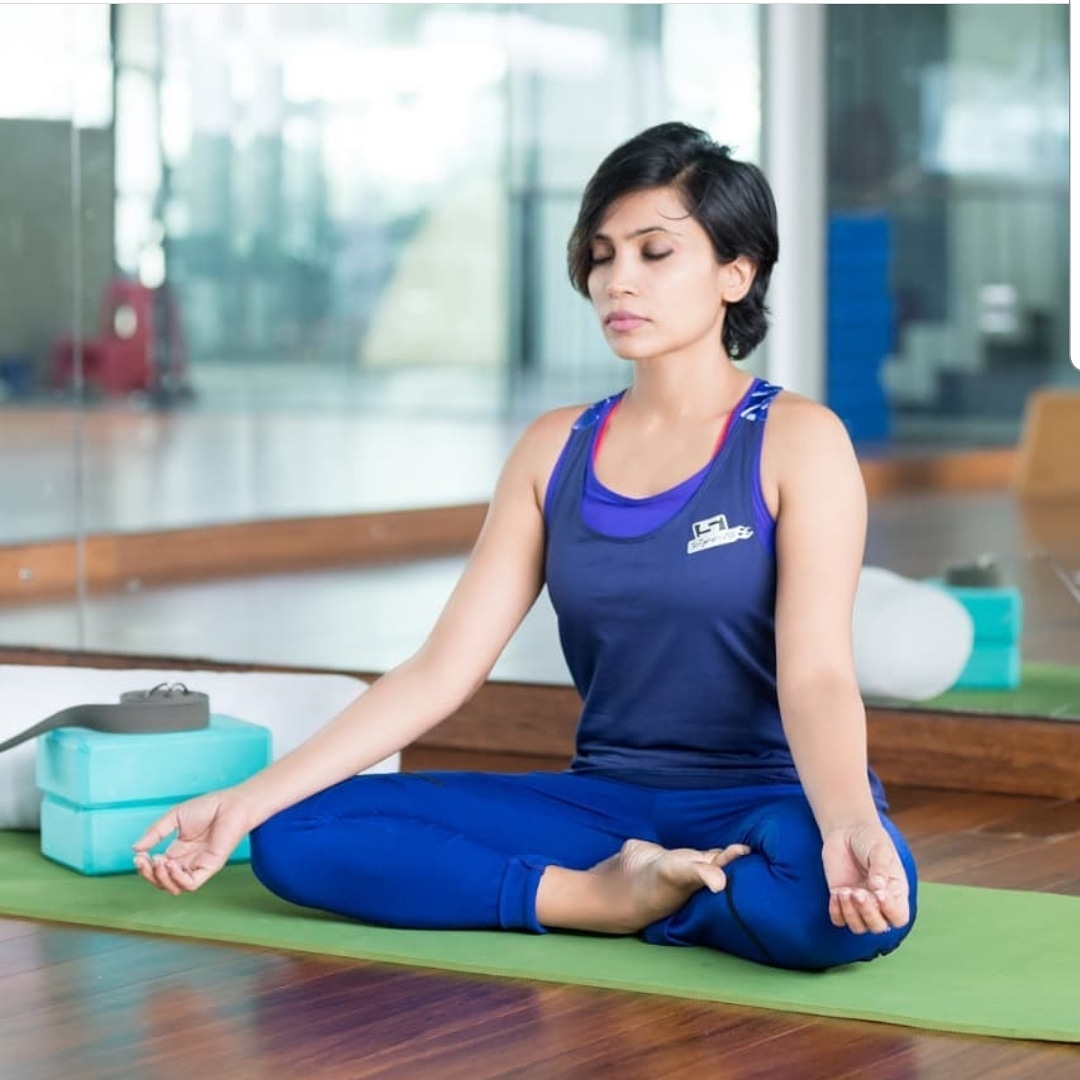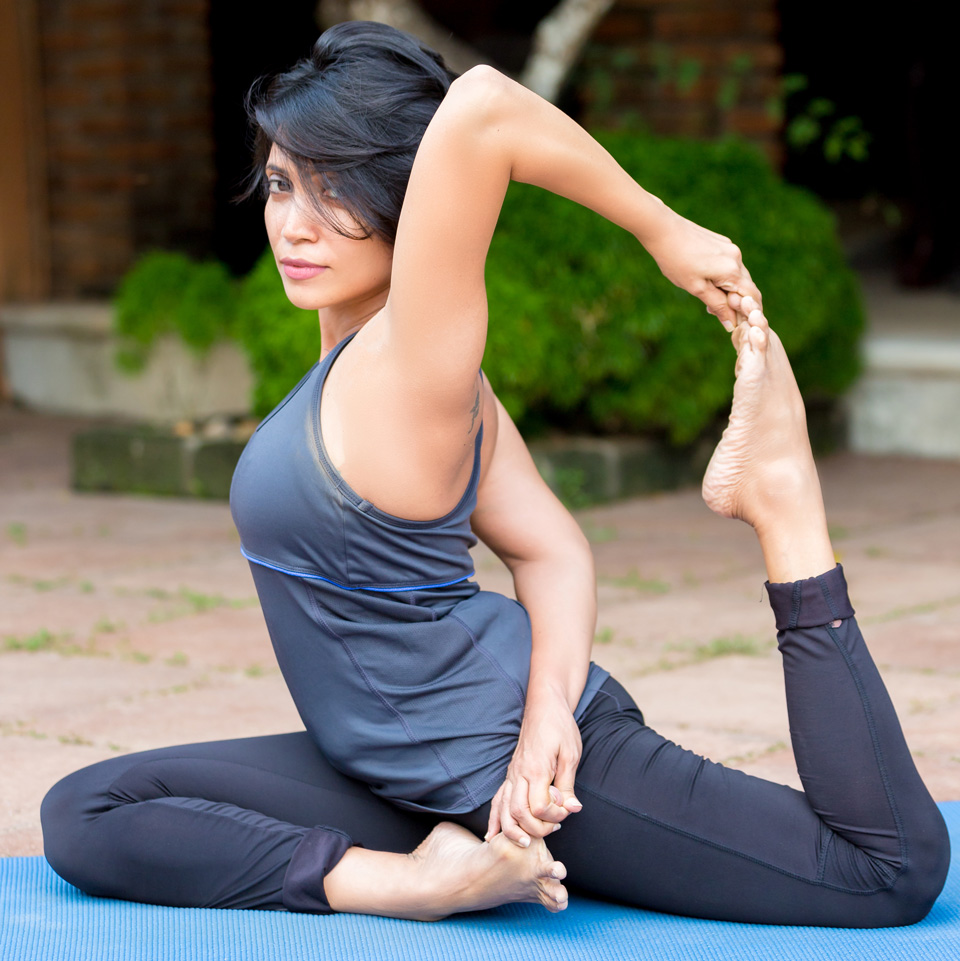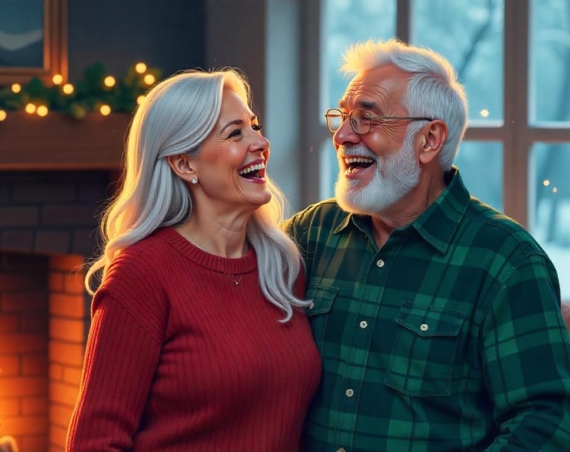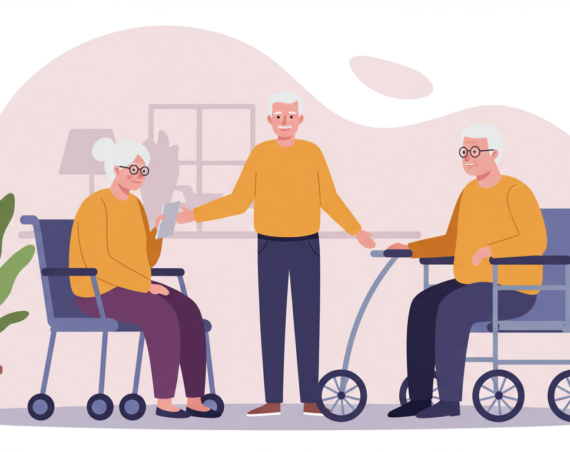
‘Yoga’ has evolved rapidly in the last few decades around the globe gaining new branches and new momentum to add to its rich history. Innumerous styles of Yoga are being practiced at present, attracting practitioners from diverse walks of life. Among the many styles such as Kundalini, Karma, Hot, Bikram, Acro, Iyengar, Ashtanga, Vinyasa, Hatha, etc. etc. I find Yin Yoga as a personal favorite.
Yin Yoga in the broader sense is a style of slow and stationary Yoga, when implemented as a good, regular practice can aid immensely in all aspects of life, including a good Yang Yoga (Hatha, Vinyasa etc.) practice.

Sara Powers in her book, Insight Yoga (2008) details how the Taoist traditional circle embodies Yin elements within Yang and Yang elements within Yin (the white dot in the black area and the black dot in the while area of the circle) and explains in details how human practices naturally encompass these two feminine and masculine traits throughout a lifetime. And that for a Yoga practitioner, a practice without Yin is much like hopping on one leg without stability. Powers (2008) details that when an infant is born, she is more Yang where mobility is more prominent and how with age Yin settles in with more stability and how throughout human life these two aspects of mobility and stability or Yang and Yin are always working in tandem.
I have been able to design a syllabus of sorts for my students where we practice Yin Yoga in almost all of my classes and subsequently attempt Hatha yoga poses that engage the same muscle group/ joints and bones in the body. I.e. Hip opener class with Yin and Hatha Yoga/ Back bending class with Yin and Hatha Yoga etc. The fusion of Yin and Yang practice in the classes I conduct evidently is a major factor for my students’ Yoga successes/achievements, based on the feedback I receive firsthand by them.

Ligaments; the connective tissue that bind bone to bone – present along our vertebral column, the knee joint, the shoulder joint, the hip joint and even the fingers and toes have less fluid content as opposed to muscles in our body. Hence these very essential ligaments need to be exercised through Yin Yoga, by pulling the skeleton non-aggressively, with appropriate pressure and then remaining in the pose for a few minutes. Since Yin Yoga targets the less elastic core tissues such as Ligaments, Tendons, Cartilages, fascia etc. and Yang tissue targets the more flexible and lubricating muscles, blood, bones etc. a good balanced practice of both these Yoga styles can bring utmost benefits to a practitioner.
Another enlightening point in Power’s book for me was where she describes, the activity and deterioration of the muscles and joints in the body and how a good Yin practice compliments as we lose the physical prowess as we age. Powers states that at a young age (aged 15 to late 20s) muscles respond well to movement and high physical activity where synovial fluid secretes 75 to 90 percent; each time we are engage in rigorous exercise or Yang. She adds that this fluid of egg-like consistency loses its viscosity as we step in to our 30s. This is why it is paramount for aging students who are concerned of taking care of their joints as they lose this fluid secretion, to incorporate a regular Yin practice complimentary to Yang.
Powers states “The risk involved in any physical activity is that the joints do not respond to movement the same way as muscles. They are not as elastic because they do not have a high fluid content.”
One of the key points here is the activity of ‘Chi’ (Chinese) or Prana (Sanskrit) or the flow of energy in both Yang and Yin Yoga. Powers explains how Chi manifests in a Yang practice towards lengthening and strengthening muscles initially (Although Yang practices also have a Yin effect) that also results in better bone and organ health as well as better respiratory and circulatory systems. Dynamic movement Yoga including Ashtanga, Iyengar, Bikram etc is said to be more towards Yang. The muscle engagement or flexion and dynamic movement as well as the shorter duration of poses (In Yang Yoga a pose is usually held for a number of breaths) distributes the Chi energy in to muscle, blood and other Yang tissue awakening energetic responses. To understand what happens with the Chi distribution during Yin Yoga is truly fascinating. Powers states that the muscles are softened, and the skeleton is pulled apart and the poses are endured for minutes as opposed to breaths in the more stationary Yin Yoga. Here what happens is that the Chi is distributed towards the inner Yin tissue that includes ligaments and tendons, strengthening the Yin tissue with a good and consistent practice. “The longer the body is still, the more the Chi becomes more concentrated in the deeper Yin tissue” notes Powers.
Yin Yoga is mostly practiced by athletes who have ‘stiff’ muscles/bodies as a results of muscle overdrive that limit their range of motion as well as increase risk of injury. Yin is also popular among individuals returning to fitness after surgery or a long sedentary lifestyle and among elders who need to re-energize their anatomy.

Taking this as a practical philosophy I weave in a Yin practice in the classes I conduct, making the 90 minute class a fusion of both Yin and Yang Yoga and so far the response and the feedback from the students have been rewarding and encouraging.




